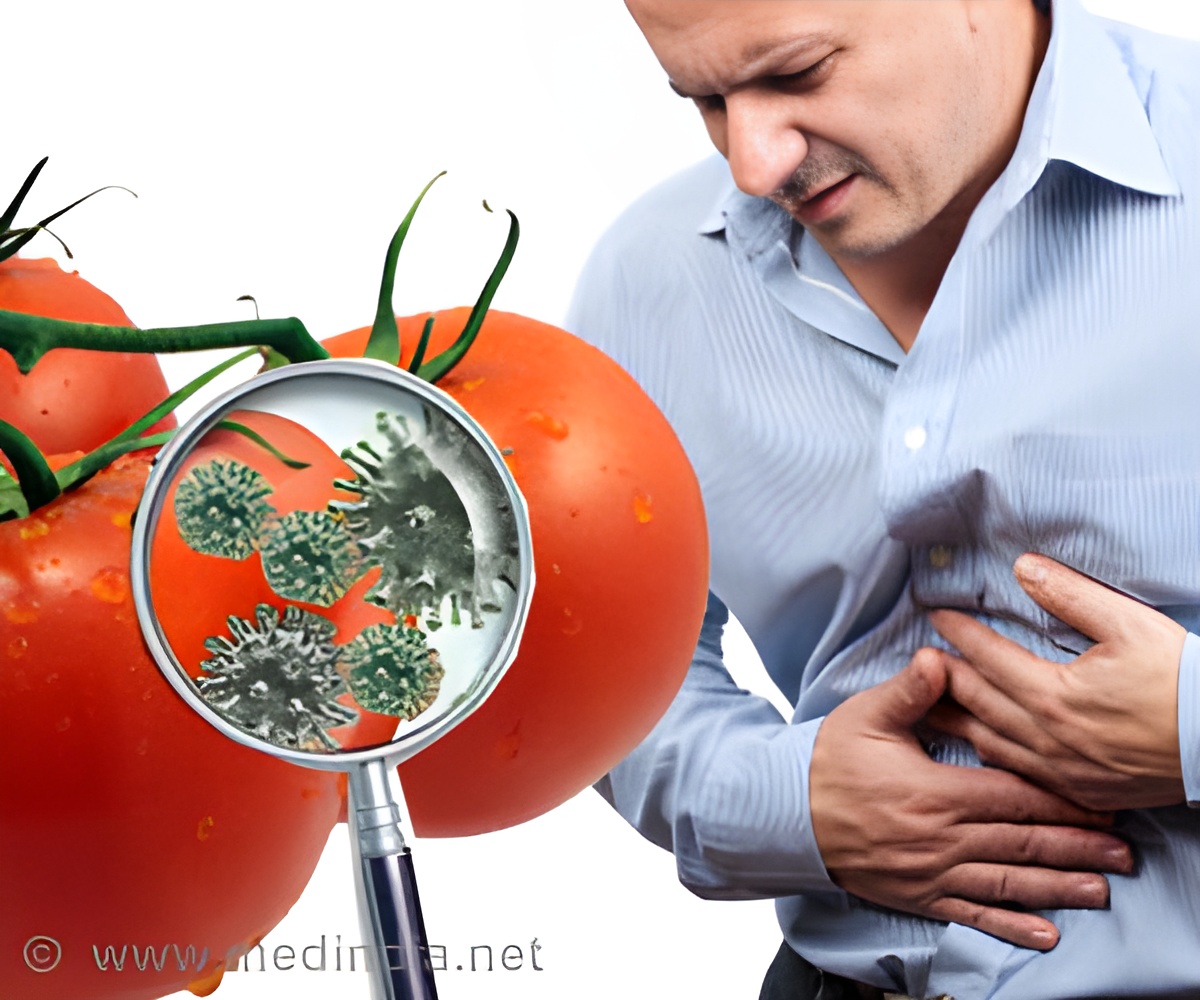
However, the rates at which MLVA profiles change have not been directly investigated for Salmonella, and thus it is sometimes unclear how these profiles should be interpreted in the context of outbreak detection and investigation.
In the study, the investigators grew an isolate of Salmonella Typhimurium from an Australian food poisoning outbreak, and observed changes in its MLVA profile during more than 28,000 generations of growth in the laboratory. Then, using the same bacterial lineage, they observed changes in MLVA profile during 500 days of growth in mice.
They estimated the rates of copy number change at each of the five loci that are commonly used for S. Typhimurium MLVA. Three of the loci saw changes in the DNA, but two did not. Based on these results, the researchers are recommending that isolates with zero or one variation in the three rapidly changing loci but no differences in the other two should be considered part of the same cluster.
They also noted that the relative rates of change among the loci were the same in the Petri dish studies and in the mouse study.
"This tells us we don't need to worry about where the bacteria were isolated from—humans or food," says Kathryn Holt, an author on the study.
Advertisement
"In the U.S., the Centers for Disease Control and Prevention uses another technique called PFGE for initial investigations and follows that with MLVA," she says.
Advertisement
Source-Eurekalert











